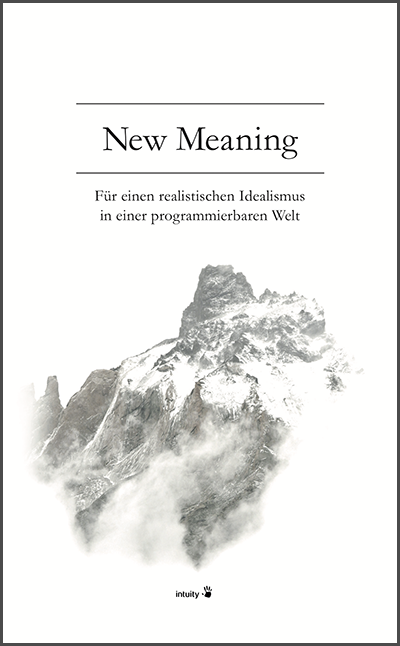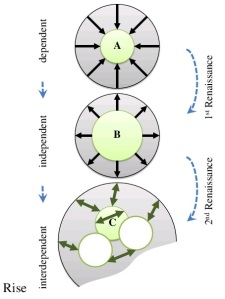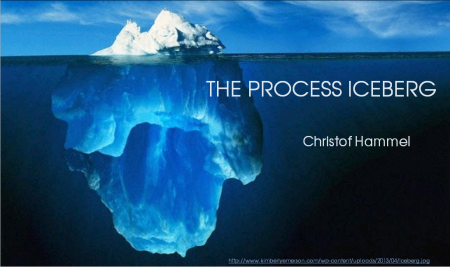This was the title of a presentation I gave at the Co-Summit of ITEA and ARTEMIS on 4 December 2013. Below is a summary of the presentation. More material, also on ITEA project SCALARE can be downloaded from here.
2nd Renaissance or War of the Worlds?
– A Perspective for SCALARE –
“Embedded Systems Rule” – this statement rings true if we look at how far we have come from the small pieces of software code embedded in the lunar landing module of Apollo 11 in 1969. Today’s smart phones are mobile computing devices many orders more powerful than the lunar lander. The driver for much of the growth of computing, and thus the growth of embedded systems, is based on Moore’s Law, which, in turn, is founded upon advances in the physics underlying chip technology.
We postulate, however, that it is “software” that “infected” and conquered traditional industries and reshaped many of them beyond recognition. As an example we take one of the most prominent industries originating from Europe, and one of the most conservative: automotive.
We explore the growth of software in the automotive industry from controlling drivers in individual components (“software in the car”) to the “software car” with 120 ECUs and over 150m lines of code, and now to the “connected car”. Within the context of the Internet of Things and Services the “connected car” will be a powerful mobile computing platform. Who will build it and how? Will it be those companies whose dominance originates in the second industrial revolution? Can their product world based on – fragile – high-tech and IP orientation be transformed into platforms for eco-systems, which thrive on expansion and change? Or will “new players” from the software world fill that gap? What are the challenges at technological level, at organizational level within and across company boundaries? Will those mastering these aspects win the “War of the Worlds”?
Or will society come to realise that the advantages of the Internet of Things and Services are to make Industry 4.0 human centred? Technology and machine as extension of man, rather than man as a cog in the greater scheme of things, will allow facilitate building “anti-fragile” eco-systems. We have the ingredients of a 2nd Renaissance. Using the example of the automotive industry we explore what is necessary to let go of outdated paradigms, which prevent the transition into the 2nd Renasissance. These barriers and their elimination is what the SCALARE project is concerned with.



